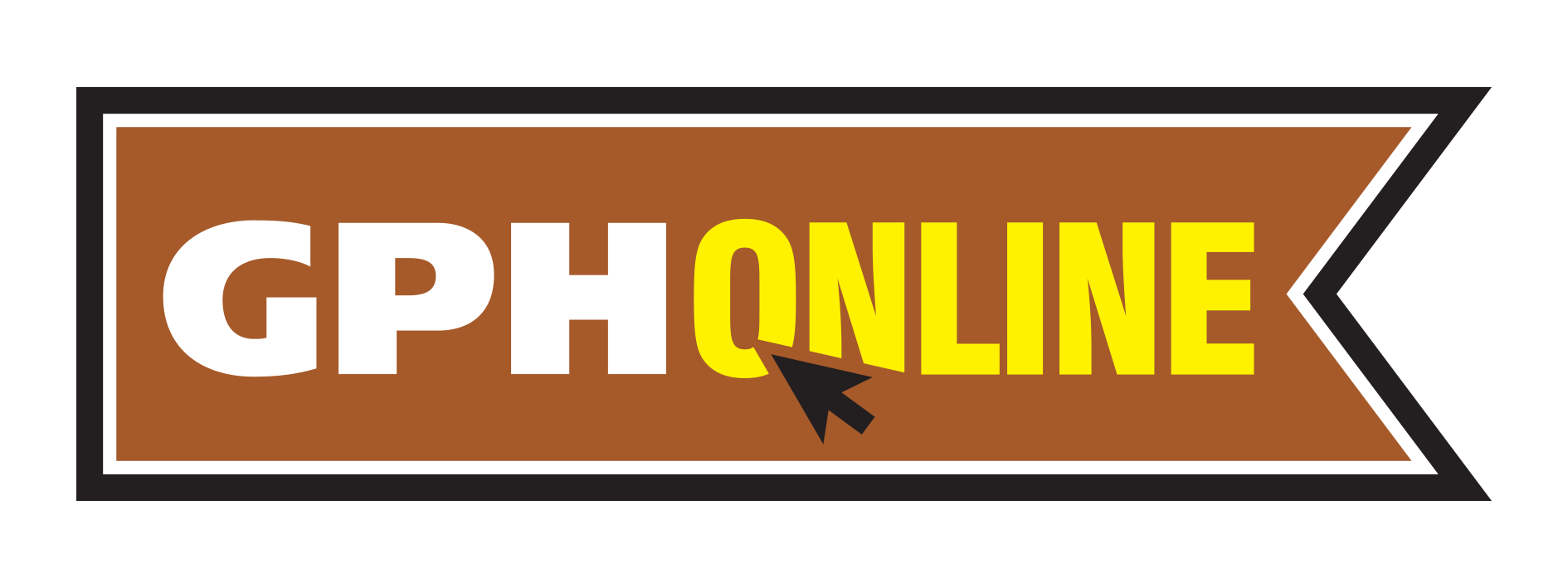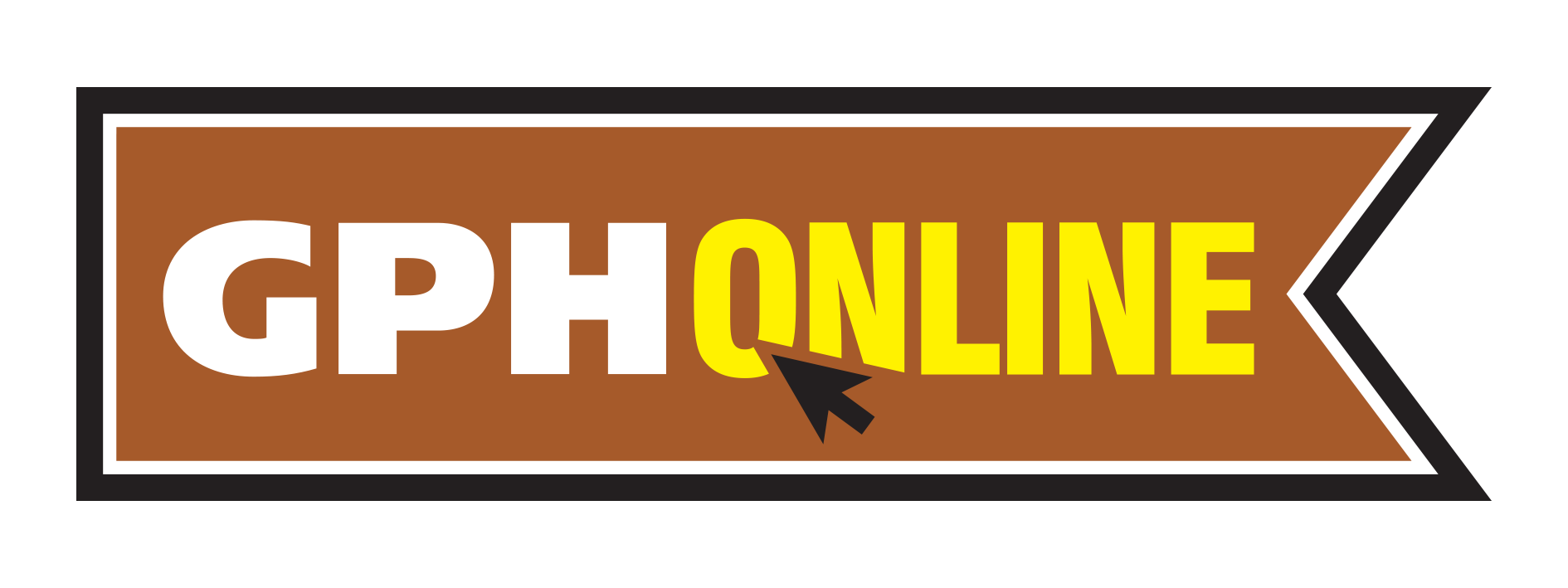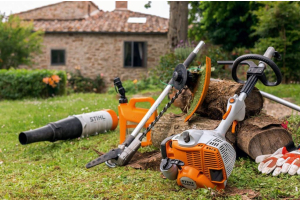GPH Top Tips For Roofing Repair & Maintenance
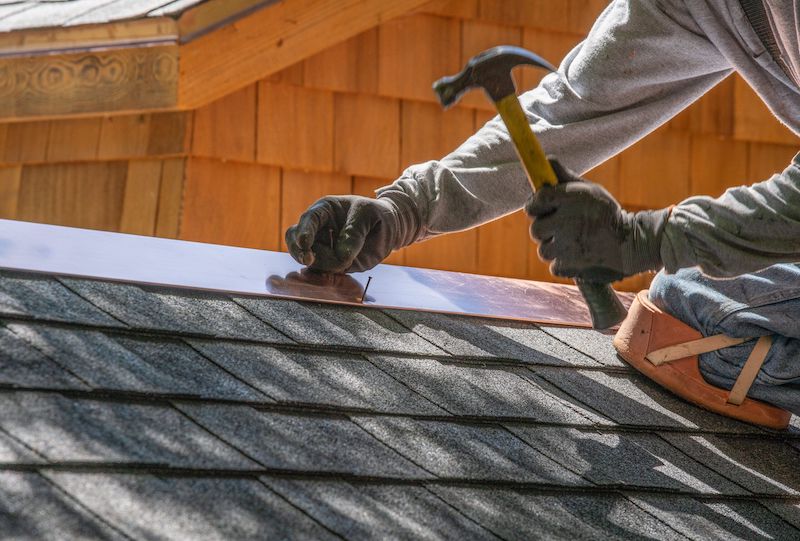
As the calendar flips to autumn and temperatures start to drop, it's time to prepare your home for the upcoming winter. Your roof, in particular, requires attention to ensure it's ready to withstand the challenges of the cold season.
In this blog, we'll explore practical autumn roofing tips, useful roof repair products and home care advice that anyone can follow to keep their roof in top condition as winter approaches. Let's dive into the key areas of concern and maintenance.
Inspecting for Leaks
Early Detection is Key
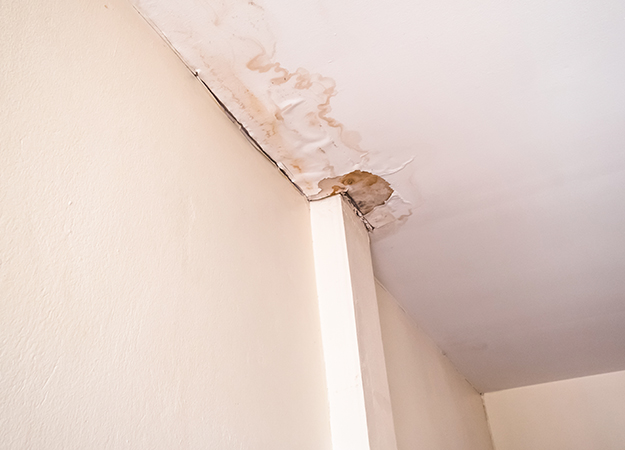
Before the icy and snowy weather arrives, conduct a thorough inspection of your roof for any signs of leaks. Rainwater and snowmelt can penetrate even the smallest openings, causing water damage to your home's interior. Here's what to look for:
- Water stains on ceilings and walls
- Peeling paint or wallpaper
- Damp or discoloured patches on your attic's insulation
Roof penetrations, which encompass elements such as vents, chimneys, and dormers, often hold the key to uncovering the root of common leaks. These openings, however, may not always align precisely above or below the leak's point of entry; they could be situated to the right or left, or even several feet away. Therefore, a systematic inspection is crucial!
If you have attic access, it simplifies the task. Grab a torch and explore the attic for telltale signs: water stains, dark marks, or hints of mould growth – all valuable clues leading to the source of the leak. It's important to note that damaged areas may look different depending on the type of roof.
Fixing Minor Leaks
Fixing a minor roof leak yourself is manageable when you've identified the source. Here's a simplified guide:
- Gather Materials: Get roofing cement, a putty knife, roofing nails, and a hammer. Ensure you have safety gear on hand, such as gloves and sturdy shoes.
- Prepare: Clear debris around the damaged area for a clean workspace.
- Lift & Apply Cement: Gently lift the affected area and apply roofing cement generously underneath, covering the damage.
- Press Down: Firmly press down to secure the cement in place.
- Nail It: Use roofing nails above the damage to reinforce the repair.
- Seal Edges: Apply more cement or roof sealant around the edges for watertight protection.
- Monitor: Keep an eye on any further damage and address ASAP!
Roof And Gutter Repair
Repairing Damaged Gutters
It's a good habit all year round to inspect your gutters for any damage, such as cracks or loose seams. If you find issues, address them promptly:
- Assess Damage: Begin by cleaning the affected area to evaluate the extent of the damage.
- Small Holes/Cracks: For minor issues like small holes or cracks, apply a waterproof sealant to patch them effectively.
- Larger Holes/Splits: If dealing with larger holes or splits, use a piece of sheet metal to cover the damaged area securely, ensuring a watertight seal.
- Realign and Secure: Check for loose sections and realign them. Fasten any loose sections with gutter hangers or brackets to enhance stability.
- Reattach Securely: Reattach loose gutters securely to the fascia board to ensure they stay in place.
Needing to replace your fascia boards? We stock an extensive range of Swish Building products at GPH, including fascias, jumbo fascias, corners, joints and fixings! Contact us to order yours today at 0344 335 0521.
Maintaining Roof Vents
It's good to look for cracks in plastic roof vents regularly and damaged seams in metal ones. While using caulk might seem like a quick fix, it won't last. It's best to replace the damaged vents for a lasting solution.
Fixing roof vents is a simple task:
- Replace Damaged Vents: Avoid using caulk as a quick fix; it won't last. Instead, replace damaged vents.
- Secure Loose Nails: Look for pulled or missing nails along the base. Replace them with rubber-sealed screws for a secure hold.
- Remove Nails: In most cases, you can remove nails under the shingles on both sides of the vent to free it.
- Screw Bottom: Secure the bottom with rubber-sealed screws.
- Apply Caulk: Add a bead of caulk under the shingles on both sides of the vent to hold them down and create a water barrier. This is easier than renailing the shingles.
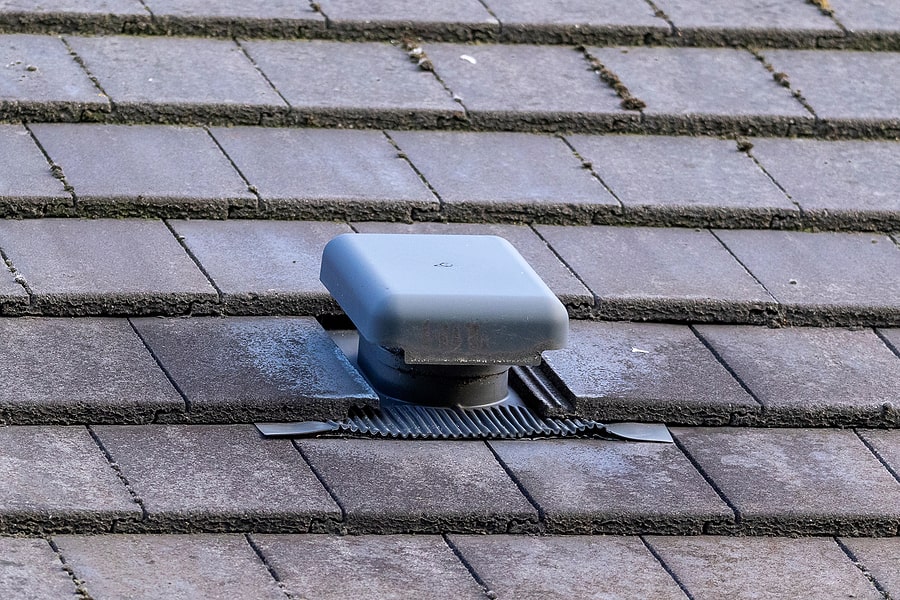
Waterproof Your Roof!
Waterproofing your roof with roofline and cladding products is crucial to prevent water damage, rot, and mould. These products provide a protective barrier, extending the lifespan of your roof while maintaining the look of your property.
Swish Building Products, a household name in the UK, is now a leading distributor of roofline and cladding goods. Whether it's fascias, cladding, windows, doors, or decking, Swish offers high-quality, low-maintenance options to protect your roofline. GPH stocks a range of Swish products, so you can waterproof your roof today in time for winter!
To order Swish Building Products, contact our team at 0344 335 0521.
General Roofing Tips
Sealing Around Roof Vents
To prevent heat loss and drafts, check for gaps or cracks around roof vents. Seal them with appropriate roofing sealant or caulk. Properly sealed vents can help lower energy bills during the winter!
Attic Insulation
Ensure your attic is adequately insulated. Proper insulation not only keeps your home warm but also prevents ice dams from forming on your roof, which can lead to leaks and damage.
Clearing Out Gutter Debris
Gutters play a crucial role in directing water away from your home. Ensure they are free of debris like leaves and twigs to prevent blockages. Use a ladder, gloves, and a trowel to remove debris and rinse the gutters with a hose. To make the task even simpler, check out our Hedgehog Gutter Brush for instant debris removal!
Checking for Blockages Roof Vents
Roof vents allow proper attic ventilation, which is crucial for temperature regulation and moisture control. Inspect vents for blockages caused by debris. Remove any obstructions to ensure proper airflow.
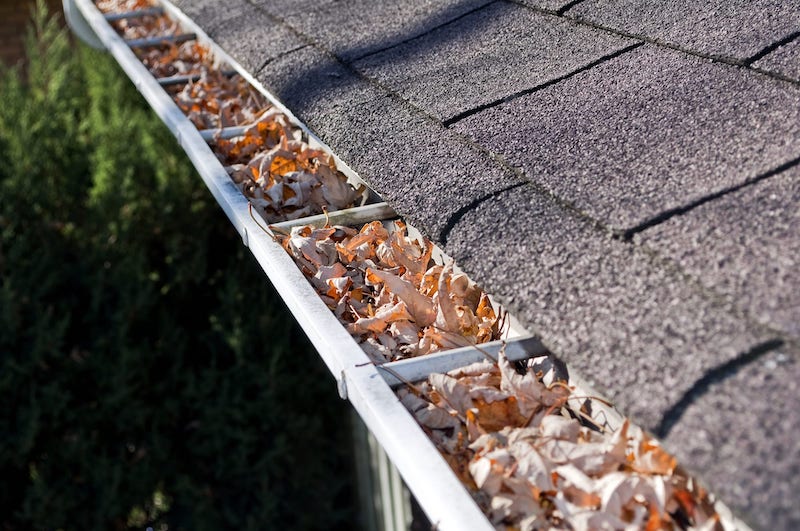
Trim Overhanging Branches
Overhanging tree branches can cause damage to your roof when laden with snow or ice. Trim branches back to prevent potential hazards.
Professional Inspection
Consider scheduling a professional roofing inspection in the autumn. Experienced roofers can identify hidden issues and provide maintenance recommendations and roofing services to keep your roof in top shape.
As autumn settles in, take proactive steps to care for your roof and home in preparation for the winter months. Detect and address leaks, maintain gutters and roof vents, and follow general roofing tips to keep your home safe, warm, and dry. By investing a little time and effort now, you can enjoy a worry-free winter with a well-maintained roof.
